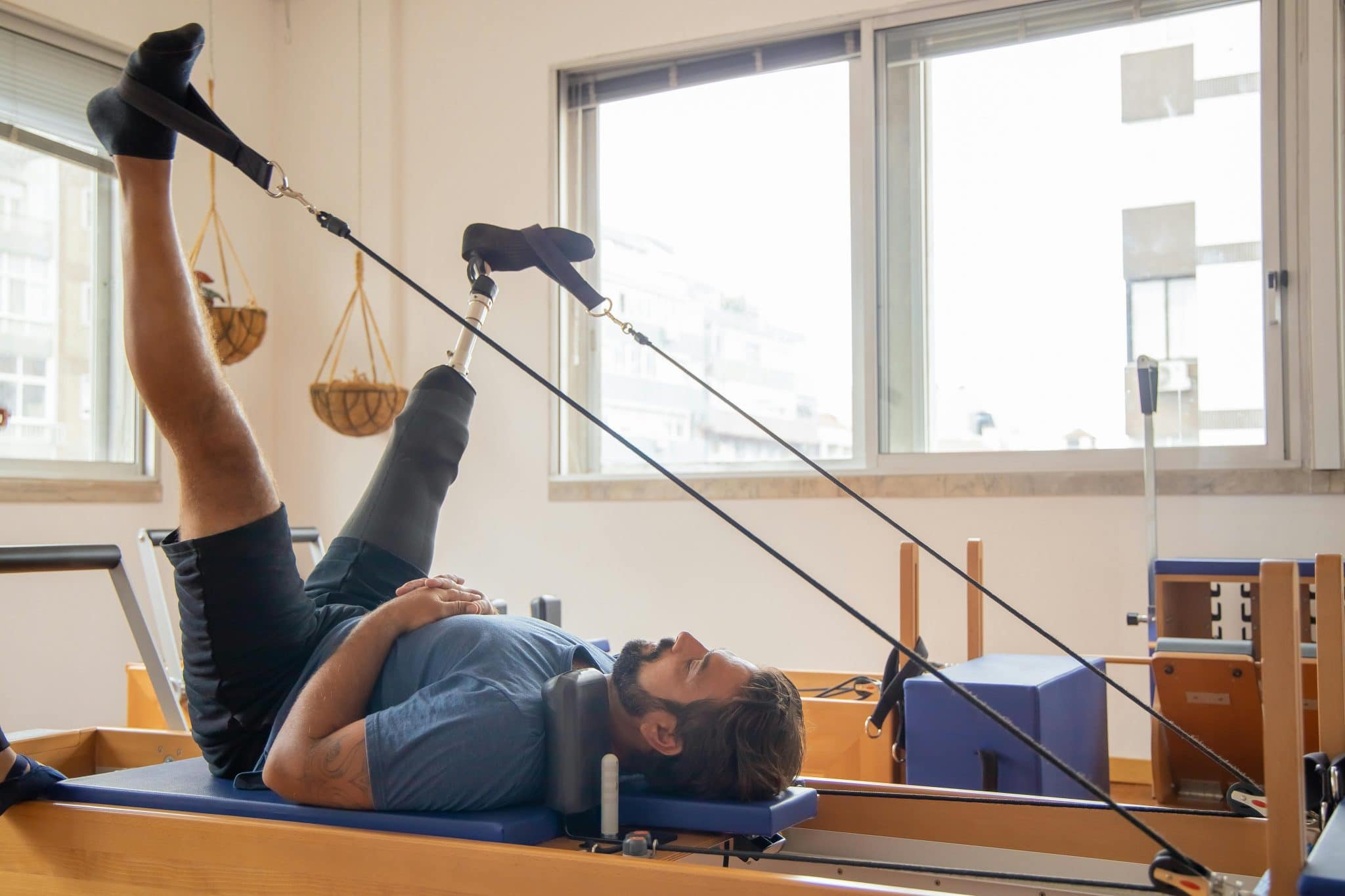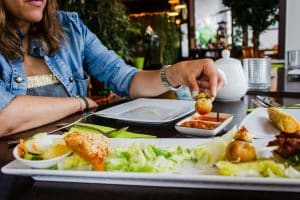Cooking with Limited Mobility: Adaptive Techniques for Physical Challenges
Cooking is a universal skill that brings people together, but for those with limited mobility, it can be a daunting task. Physical challenges such as arthritis, paralysis, or nerve damage can make even the simplest cooking activities difficult and frustrating. However, with adaptive techniques and a few adjustments, cooking with limited mobility can be both enjoyable and fulfilling.
Adapting Tools and Equipment
The first step in cooking with limited mobility is to make sure you have the right tools and equipment. Depending on your specific challenges, you may need to invest in specialized tools or make simple modifications to your existing ones. For example, if you have difficulty gripping utensils, there are universal cuffs and straps available that can be attached to tools to make them easier to handle. Electric appliances such as can openers, mixers, and choppers can also be useful for those with limited hand or arm movements.
Additionally, modifying your kitchen space can also make a significant difference. Lowering countertops and installing pull-out shelves can make it easier to reach and access necessary ingredients and tools. The use of a cart or trolley can also provide a mobile workspace, eliminating the need to constantly move around the kitchen.
Planning Ahead
Before you start cooking, it’s essential to plan and prepare ahead of time to minimize stress and frustration. This includes making a grocery list and organizing ingredients and tools in a logical and accessible manner. Consider using a meal delivery service or prepping ingredients in advance to save time and energy.
It’s also helpful to choose recipes that require minimal preparation and use simple techniques. For example, roasting or steaming vegetables instead of chopping and sautéing them can be an easier option. Experimenting with premade sauces, marinades, and spice blends can also eliminate the need for precise measuring and mixing.
Modifying Cooking Techniques
Cooking techniques can also be adapted according to your physical challenges. For those with hand or arm limitations, using one-handed kitchen tools such as ladles and tongs can be more manageable. One-handed techniques like stirring with a ladle or using a wrist splint for support can also be helpful.
If standing for long periods of time is a challenge, consider investing in a stool or using a sturdy chair in the kitchen. This will allow you to take breaks and rest while still being able to complete tasks. You can also use a serving tray or large baking sheet to transport items from one place to another with ease.
Finding Inspiration
Cooking can be a creative outlet, and having physical challenges shouldn’t limit that. Look for inspiration from cookbooks, cooking shows, and online resources. Many chefs and cooks with physical disabilities have shared their tips and techniques, providing a wealth of knowledge and ideas.
You can also consider joining a cooking class specifically designed for individuals with limited mobility. These classes offer a supportive and understanding environment and can help you learn new skills and techniques from others who face similar challenges.
Patience and Practice
Finally, it’s important to remember that cooking with limited mobility may take more time and patience, but it can still be a fulfilling and enjoyable experience. Don’t be afraid to ask for help when needed and remember to take breaks and pace yourself. With practice and determination, you’ll find what works best for you and be able to cook delicious meals with ease.
In conclusion, cooking with limited mobility may present its challenges, but with a few adjustments and adaptations, it can be a rewarding experience. Remember to plan ahead, adapt tools and techniques, and find inspiration from others. Most importantly, have patience and don’t be afraid to get creative in the kitchen. With these tips and techniques in mind, anyone can enjoy the art of cooking despite physical challenges.










